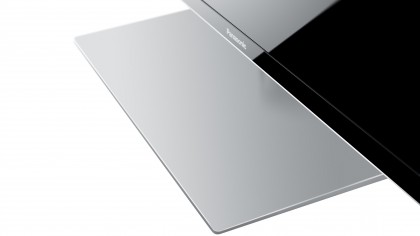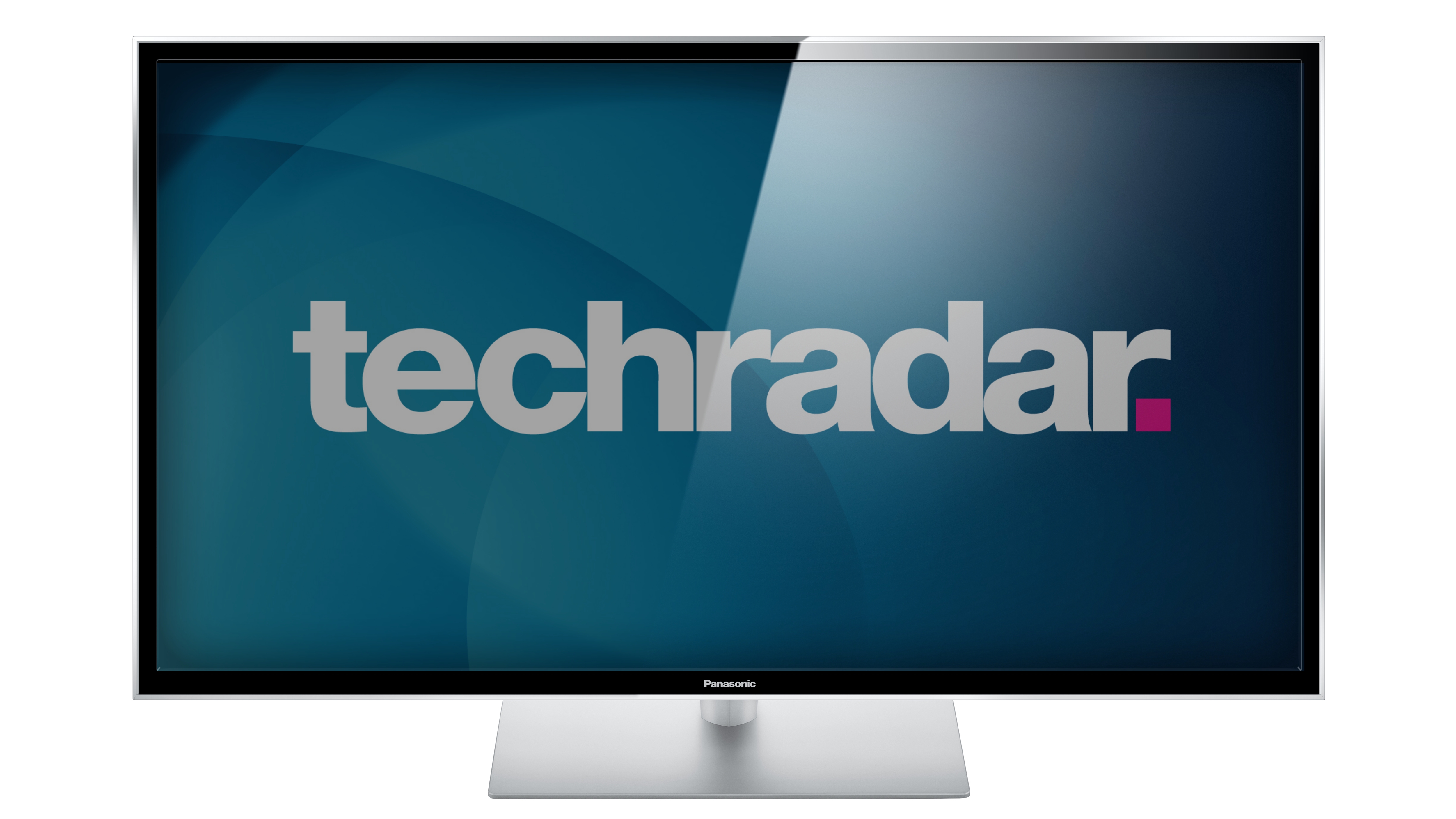Why you can trust TechRadar
By modern standards, the P42ST60 isn't much of a looker. Its frame is wider than that of most premium TVs, its black finish looks a bit plasticky, and shape-wise you're just talking about a pretty basic rectangle. It's all a million miles away from the lovely 'floaty' looks that distinguish Panasonic's top-tier LCD TVs this year.

There's a slight disappointment in store with the P42ST60's connections, too, as we find only three HDMIs when we increasingly expect four from all but the most basic TVs these days. You do get USB and (unusually) SD slots for multimedia playback, though, as well as both LAN and integrated Wi-Fi for either streaming files from DLNA PCs or going online with Panasonic's Viera Connect platform.
This platform is pleasantly presented, and the number of apps is pretty high overall. However, it's a shame there aren't a few more top-tier video streaming apps to choose from, with Lovefilm, 4OD, Demand 5 and ITV Player particularly notable by their absence.
One thing we certainly do admire about Panasonic's latest smart TV system, though, is the My Home Screen interface. As well as presenting you with a series of simple themed hubs when you first get the TV, the interface enables you and members of your family to build your own home screens, providing direct links just to the apps you personally find the most interesting or useful.
Premium panel
At the P42ST60's core is a 42-inch version of one of Panasonic's NeoPlasma 2500 panels. This does not quite match the so-called NeoPlasma Black 3000 panels used by the GT60, VT65 and ZT65 Panasonic plasmas, but even getting the previous plasma generation's premium panel design for the P42ST60's price has to count as a result.
The 2500 part of the P42ST60's Neoplasma 2500 designation refers to the subfield driving 'speed' of the panel, which leads to Panasonic claiming a 2500Hz-like effect. This should prove very handy for motion reproduction, brightness, colour saturations, and 3D playback (which is delivered via an active rather than passive system).
As well as using a slightly less high-powered but still contrast-enriched plasma panel at its core, the P42ST60 differs from Panasonic's flagship plasma models this year in using a less well-specified light filter. In other words, its screen will likely prove more susceptible to being affected by the amount of ambient light in the room.
As usual with any high-ish level Panasonic plasma, the P42ST60 carries both Intelligent Frame Creation for interpolating new frames of image data to reduce judder and Panasonic's 1080p Pixel Direct mode for enhanced 24fps Blu-ray playback.
Colour matters
It has also got a strong colour management system, though it promises only 12,288 colour gradation steps versus the 24,576 of the step-up GT60s, and it doesn't join models higher up Panasonic's range in enjoying the endorsement of either the ISF calibration group or the THX 'quality assurance' group.
Nor does it sport the Hexa processing engine that's distinguished itself so admirably with Panasonic's high-end LCD and plasma TVs this year.
While this sounds like a long run of features the P42ST60 doesn't have, it's worth bearing in mind that the step-up Panasonic models all cost considerably more. For its price point, the P42ST60 has more than enough on its spec sheet to bode very well for its performance.
John has been writing about home entertainment technology for more than two decades - an especially impressive feat considering he still claims to only be 35 years old (yeah, right). In that time he’s reviewed hundreds if not thousands of TVs, projectors and speakers, and spent frankly far too long sitting by himself in a dark room.

